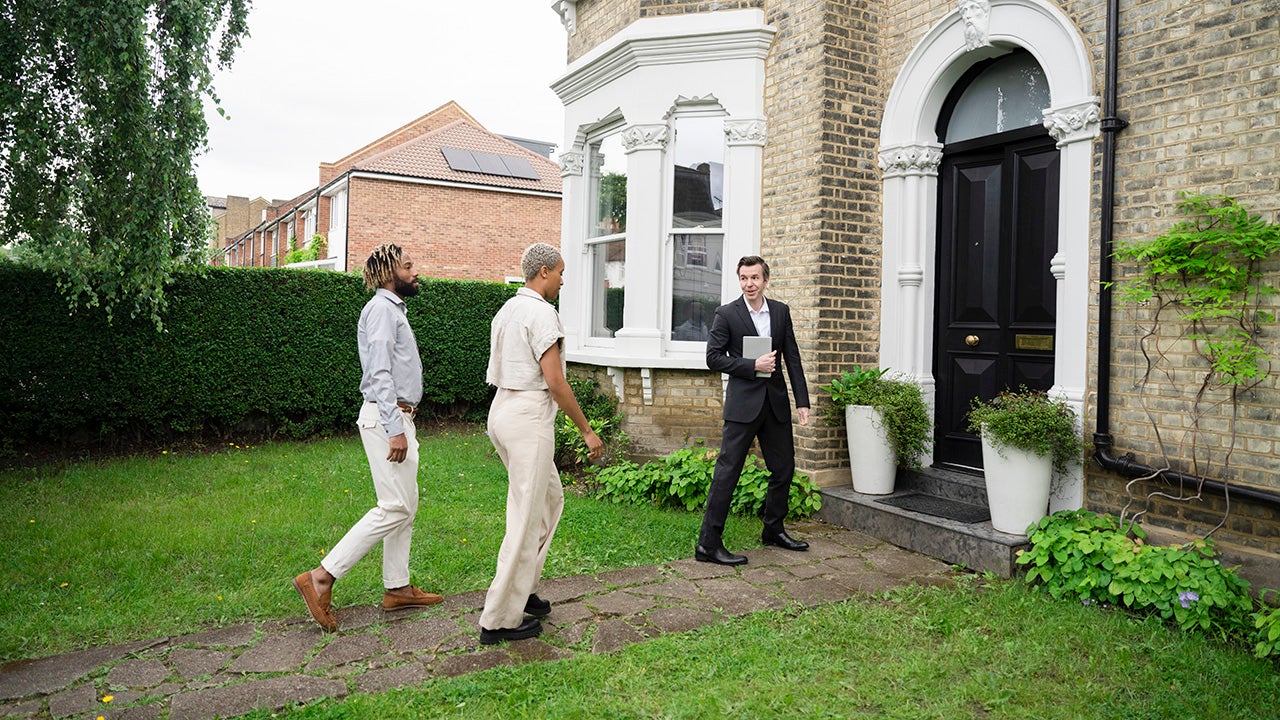What do buyers compromise on most when buying a house?

Unless you have an unlimited budget, you’ll likely have to make a few compromises when shopping for a home. In fact, even with an ample budget, finding a home that includes every single item on your wish list can be a tough goal to achieve — especially with inventory as low as it is now.
Common things house hunters typically end up compromising on include a home’s price and size, according to a recent trends report from the National Association of Realtors (NAR). But these are just the tip of the iceberg. Buyers these days make trade-offs on everything from architectural style to a home’s distance from family and friends in order to make a purchase happen.
Why do buyers compromise on the home they purchase?
Buying a house is often a balancing act that involves finding the right middle ground between your must-haves and your budget. This reality is what drives many of the compromises home buyers make.
What’s more, in an especially competitive market like we are experiencing, with limited inventory to choose from and record high prices, it’s even more common to find buyers making sacrifices in order to land a place. There’s far less opportunity to shop around at a leisurely pace in search of your dream home, or to hold out for a property that offers everything you’re looking for.
“While the pandemic-driven frenzy has made things more challenging for buyers, the truth is that buyers have to make compromises even in a balanced market,” says Dino DiNenna, a Realtor with Southern Lifestyle Properties in Hilton Head, South Carolina. “It’s almost impossible to satisfy your wish list unless you are a bazillionaire. To stay within budget, buyers have no other way but to compromise some items from their wish list.”
Where do homebuyers compromise the most?
Price of home
The amount of money spent on a purchase is the number one compromise buyers make, according to NAR, which found that 23 percent of buyers had to adjust what they ultimately spent. This reality is especially commonplace amid the current overheated housing market, says Katie Severance, a Realtor with Douglas Elliman in Palm Beach, Florida.
“Many buyers begin their search only to learn that their dollars don’t go as far as they thought they would,” says Severance. “That is a reality check that happens very early in the process — in any market. But in this current market, with interest rates rising at a super-fast pace, it is a forced, non-negotiable compromise.” For each percentage point that interest rates rise, a buyer can lose almost 10 percent in buying power, she says.
Condition of home
A home’s condition is another common area where prospective buyers find themselves having to settle for less than they initially hoped. About 20 percent of all buyers made this compromise, according to NAR, which found this to be most common among younger buyers 22 to 30 years old.
In practice, though, Severance says that compromising on a home’s condition is a far less popular trade-off among shoppers. “Even if a buyer has the funds to make improvements — and many of them do — people are busier than ever. They don’t have the time, the interest or the will to execute and live through renovations,” she says. “In this new economy and fast-paced culture, buyers want to move in today and entertain tomorrow. Buyers can be surprisingly uncompromising on condition.”
Size of home
Scaling back on a home’s square footage in order to keep a purchase within budget is another common sacrifice. This is especially true if other items on a buyer’s wish list are more important, such as a specific neighborhood or school district.
“Younger, first-time buyers will often compromise on size, because everything looks roomier when you are leaving a cramped rental apartment,” says Severance. “These buyers compromise on size just to get into a home in a good location that also doesn’t need too much work.”
When the buyers’ family, careers and income grow, they may build an addition on the home or trade up to a bigger one.
Style of home
About 17 percent of buyers compromise on the architectural style of home they hoped to purchase, the NAR report found. It makes perfect sense to want a home that you find visually appealing — you may have always dreamed of living in a Tudor-style house, for example. But it may not always be possible to accomplish such goals while also ticking off other priorities on your home buying wish list. You may find that being in a specific location, or moving within a specific timeline, outweighs your architectural priorities.
Do any homebuyers not make compromises?
People of all ages make trade-offs when home shopping. For example, across all age categories studied by NAR, from 22-year-old house hunters to 95-year-olds, buyers consistently reported making concessions on price.
Though home buyers who are 31 to 40 years old made the most compromises on home price at 29 percent, those aged 41 to 55 were not far behind at 25 percent, followed by 22 to 30 year old shoppers at 24 percent.
Not all buyers end up making compromises on a home purchase, though. Many older buyers — who tend to have more resources or flexibility, for instance — find they can get exactly what they want in a home. About 42 percent of shoppers aged 66 to 74 make no compromises at all, according to the NAR study, followed by 34 percent of buyers aged 56 to 65.
Bottom line
Making trade-offs or compromises is a common part of the homebuying process. This is especially true for younger buyers, who may have a limited budget, and in an overheated housing market, where inventory is limited and homes sell in record time. In this climate, prospective buyers often don’t have the opportunity to shop around or hold out for everything on a wish list. It’s important to give careful consideration to what you truly need, and what you can live without — at least for now.
Why we ask for feedback Your feedback helps us improve our content and services. It takes less than a minute to complete.
Your responses are anonymous and will only be used for improving our website.
You may also like

5 types of mortgage loans for homebuyers

How to make an offer on a house

How to negotiate a house price: Tips for buyers



